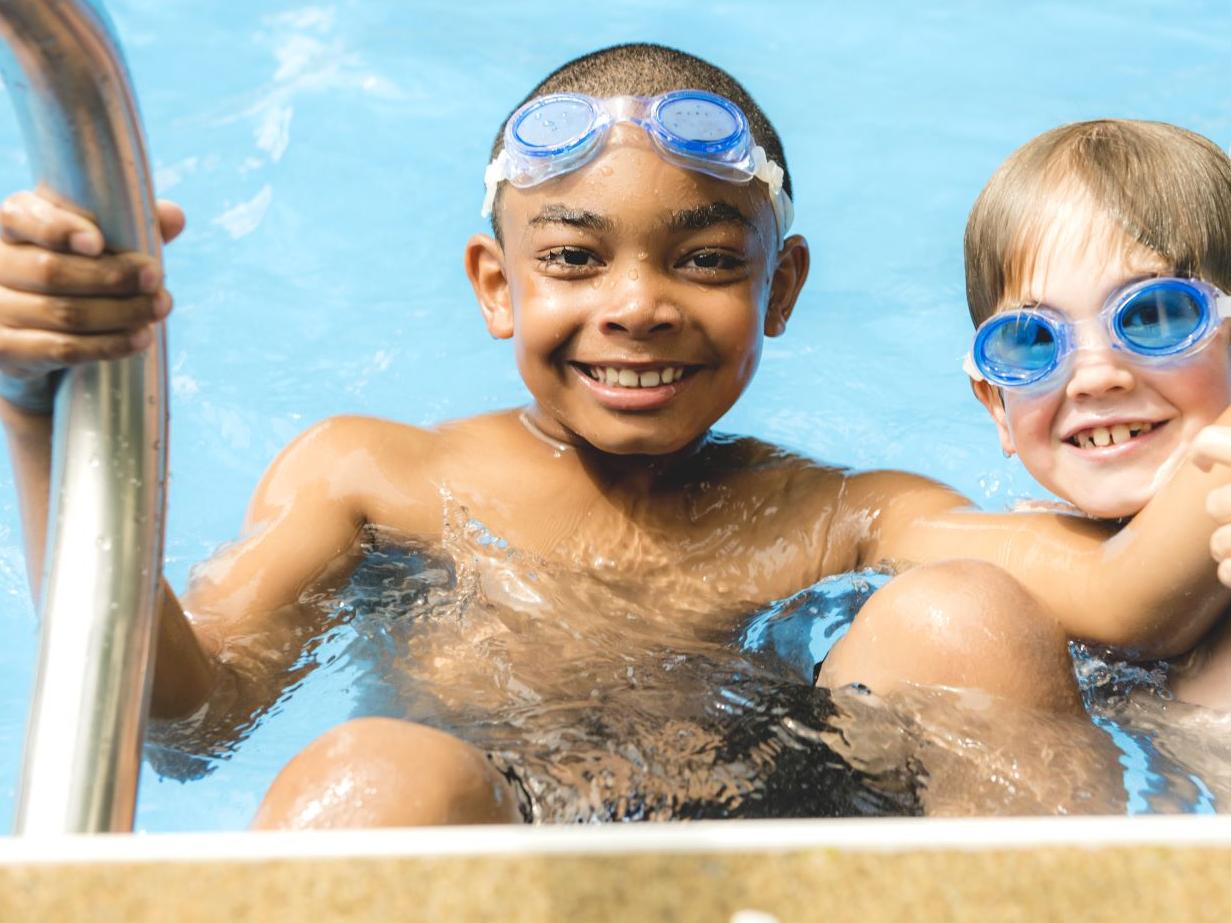A ‘beacon of hope’ to drive up the numbers of BAME participants in aquatic activity is at risk of being extinguished as millions of people have no access to public facilities due to the coronavirus outbreak.

That’s the stark warning from Swim England and the Black Swimming Association who say more than 4.2 million people are living in 94 highly-populated BAME communities where pools are still closed or have been mothballed since the lockdown forced all leisure facilities to shut.
The figures ‘highlight the growing need’ for an urgent investment in facilities impacted by the pandemic.
If pools remain closed, Swim England and the Black Swimming Association fear it will undo all the ‘excellent work’ carried out to increase participation among the BAME population.
The organisations formed a partnership earlier this year to break down the barriers that prevent groups from taking part in swimming and other aquatic sports.
“The launch of the Black Swimming Association was seen as a beacon of hope to drive more inclusion, participation, diversity and safety for BAME communities in aquatics. However, the continued closure of pools due to the pandemic risks extinguishing all the excellent work that has taken place across the country,” said Danielle Obe, interim chief executive of the Black Swimming Association.
“Not only are those from the BAME community who were engaged in aquatics being kept out of the water indefinitely, year five and six children are at risk of missing out on their vital school swimming lessons and learning a valuable life skill. Our work had seen many in BAME communities primed to finally take up swimming and now they have nowhere to go.”
Jane Nickerson, Swim England chief executive, said: “The impact on the BAME community of delayed openings and permanent closures will be significant, especially when so much good work has taken place to change people’s misconceptions that have prevented participation in the past. We’ll continue to work closely with the Black Swimming Association and do everything we can to get these facilities up and running so our BAME communities can get back into the water.”